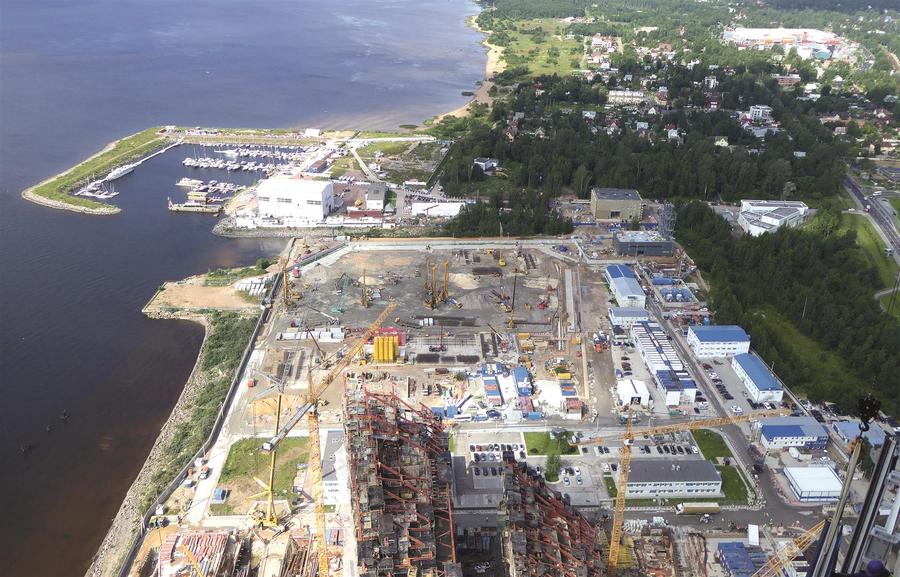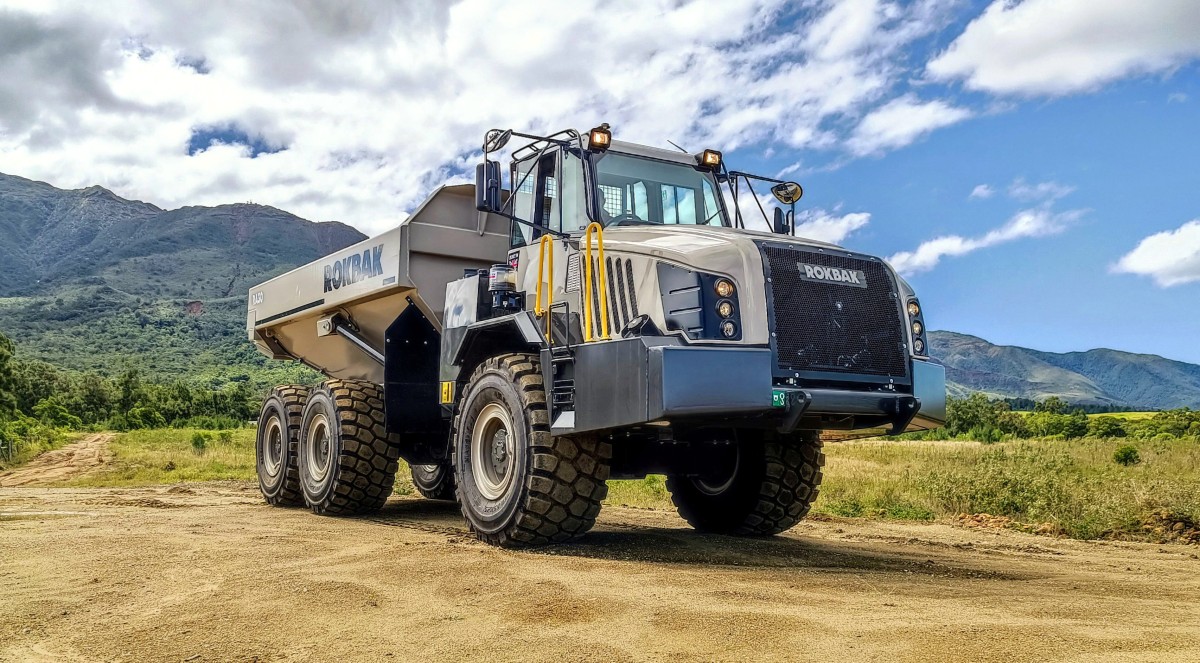Home \ International \ Bauer: specialist foundation engineering in St. Petersburg
Bauer: specialist foundation engineering in St. Petersburg
12/02/2018
Pubblicato da Redazione

Six Bauer BG 28 to BG 40 rotary drilling rigs were used as well as two hydraulic grabs in Saint Petersburg
In Saint Petersburg, probably the most glamorous metropolis on the Baltic, a rich past meets the challenges for a modern cosmopolitan city.
Even today, the most northerly city of millions is still looking for new identities when it comes to urban planning. This is why an unparalleled construction project is currently taking place on the city's outskirts: soon the Lakhta Tower, which overlooks the sea, will be complete – and will bear the title of the highest building in Europe. In addition to offices, it will also house shops, cafés, restaurants, a theater and even a museum. The foundation work for the 462-m high building was executed in 2013 by the Russian subsidiary of Bauer Spezialtiefbau GmbH. OOO Bauer Technologie constructed 260 bored piles with a diameter of 2 m to a depth of 85 m. Several Bauer rotary drilling rigs from types BG 40 and BG 28 were used for this.
Following the drilling work for the Lakhta Tower, the Russian Bauer subsidiary was also contracted with the foundation work for the neighboring podium building and the stylobate. In total over 1,000 piles with diameters between 620 and 1,180 mm were constructed for this in 2013 and 2014.
Last year, OOO Bauer Technologie carried out the foundation work for further building sections at the neighboring Lakhta Center, in which the tower that is under construction will form the distinctive core. In May 2017, OOO Bauer Technologie was awarded the contract for the pile drilling work and the construction of an excavation pit for an additional office complex that required the implementation planning and installation of 1,449 piles, of 870 m of diaphragm wall and other supplementary services. The ground conditions are initially sandy filling material, followed by alluvial deposits. This includes a very soft layer of silt and clay, in which very large granite boulders of up to 2 m can frequently be found. This is followed by a layer of extremely hard claystone, down to a depth of over 100 m.
Six Bauer BG 28 to BG 40 rotary drilling rigs were used as well as two hydraulic grabs. Work was completed in December 2017.

Ultime notizie di Bauer Macchine Italia
Perforation
30/09/2024
Bauer Spezialtiefbau modernizes John Hart Dam in Canada
Improvement of downstream public safety and facility reliabi...
Perforation
18/07/2024
Bauer secures port project in Scottish town of Ardersier
Bauer constructs diaphragm walls up to 42 m deep and anchor...

Perforation
05/12/2023
Bauer relies on full e-power during Dutch infrastructure project
Innovative electric drill rig from Klemm in operation for th...

Perforation
04/11/2023
Bauer India constructs the deepest diaphragm wall element
Bauer India constructs the deepest diaphragm wall element du...

Perforation
27/10/2023
Klemm Bohrtechnik GmbH celebrates double anniversary
This year, Klemm Bohrtechnik GmbH is celebrating two anniver...

Perforation
26/09/2023
Brownfield Remediation from A to Z on Berlin Airport Grounds
Alongside the operations building, they also needed to disma...
Altri International

International
23/11/2024
GPMat International takes delivery of two Raimondi T147s residential development in the South of France
- Official agent of France expands its product lineup with t...

International
22/11/2024
Sarens acquires additional SCHEUERLE SPMT K24 modules
renowned for its expertise in crane rental services, heavy l...
International
22/11/2024
Five WOLFF cranes modernize Oslo’s Ulven district
With a total of five WOLFF cranes of type 7534.16 Clear, Wol...

International
21/11/2024
Kleemann: New compact crusher used for recycling
Impact crusher MOBIREX MR 100i NEO impresses during operatio...
International
21/11/2024
SITECH partners with Royal Engineers to create poppy and demonstrate tech offering
The demostration involved creating a ground-level poppy desi...

International
20/11/2024
Strong and stable RA30 trucks carry the weight at New Caledonian mine
Three Rokbak RA30 trucks are delivering exceptional durabili...







































